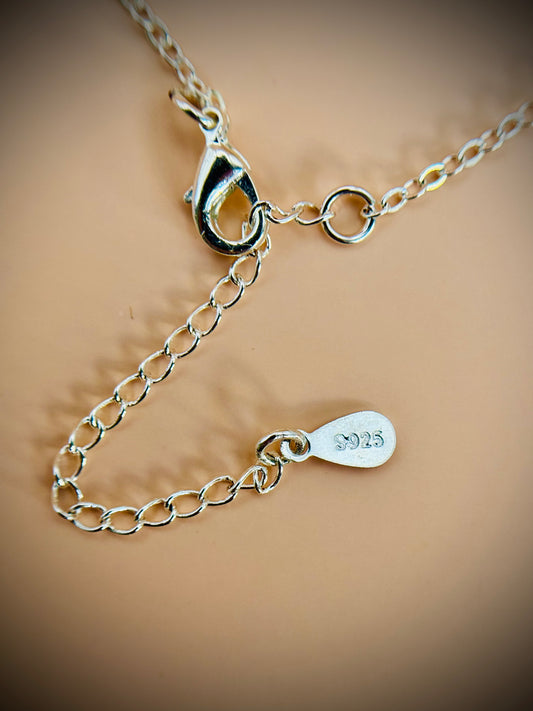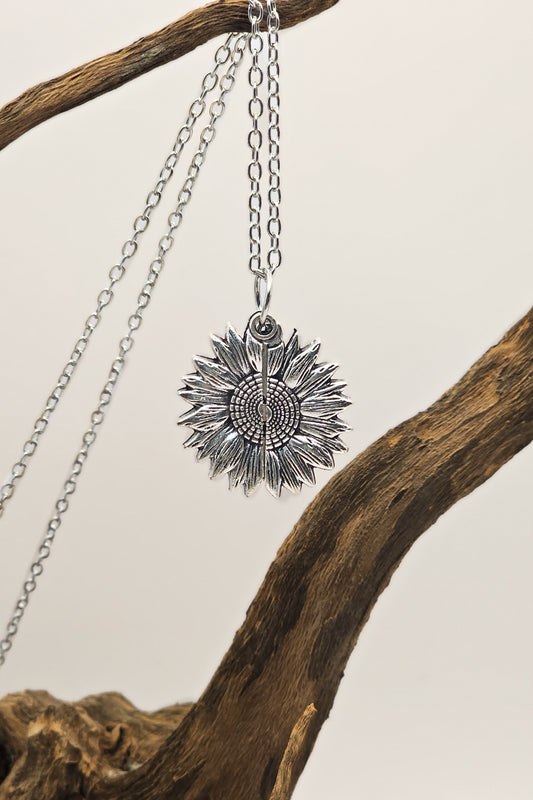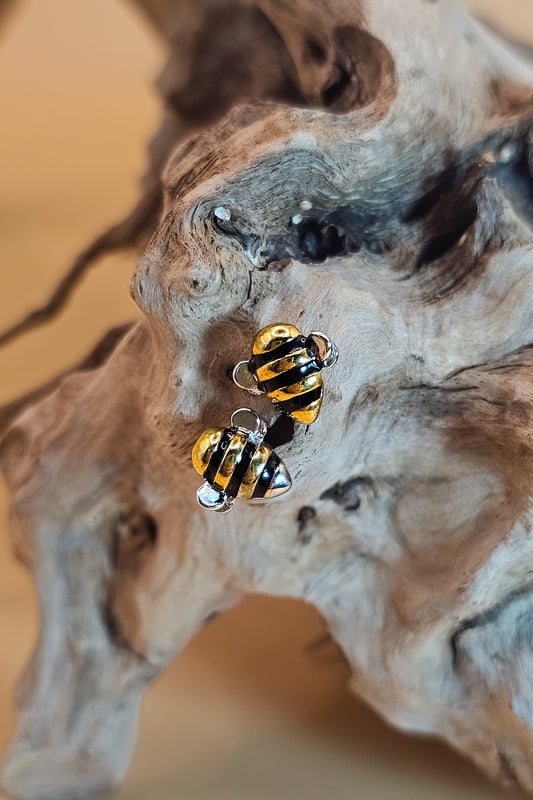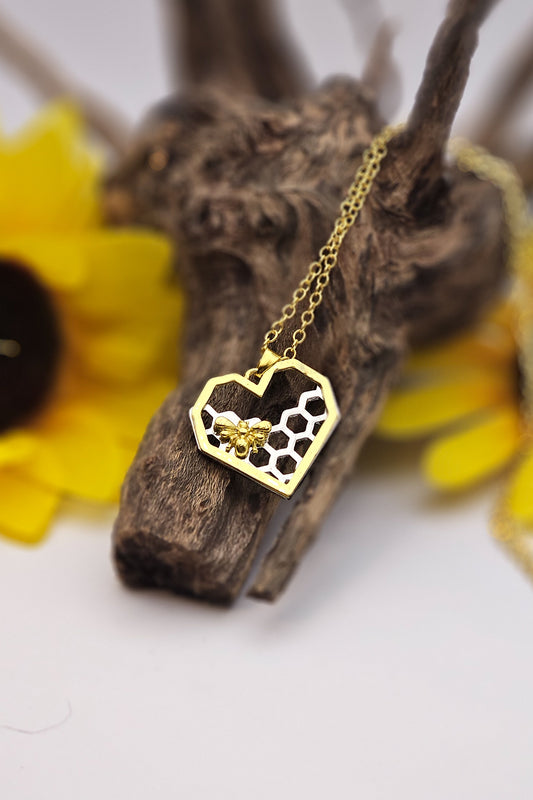Let your garden be ablaze with bright colors and buzzing bees this spring and summer…
Busy bee, busy bee, come and see, I’ve planted lovely flowers for you and me!
Anybody with a garden wants bees to feel at home there. Bees pollinate their flowers, vegetables, and fruit trees. Honeybees may live in a hive there too, and if so, there is plenty of honey by late summer.
Bees are the busiest and buzziest pollinating insects on Earth. These tiny creatures have a strong work ethic that surpasses most other hardworking creatures.
Even if that doesn’t inspire you, consider the fact that many of the plants in your garden probably cannot self-pollinate. There are other pollinators, but bees are the fastest and most efficient. Three-quarters of the plants that exist are pollinated by insects and animals. Bees and butterflies are the best-known pollinators, but there are also moths, some flies, bats, and hummingbirds. It is not an exaggeration to say: no pollinators, no food.
A gardener’s top priority is to attract pollinators with as many plants with rich nectar and pollen as possible. A wide variety of such plants as annuals, perennials, flowering shrubs, and flowering trees, will provide a pollinator garden that offers a smorgasbord of food to your pollinators all year long.
Herbs are also a big attraction for bees, and some herbs are more popular with them than others. The extra benefit of planting herbs is that you can use them in your own culinary creations as well.
It helps bees and other pollinators to locate particular flowers when you plant them with purpose instead of a flower here and a flower there. Create relatively wide drifts of color.
This unrelated 3:21-minute video by Real Organic adds another 18 flowers that bees love to pollinate:
Keep in mind when you are deciding which flowers to plant that some plants that are popular with bees require full sunlight (6 hours or more) to bloom with rich colors, pollen, and nectar to lure them in. Below you will find 10 of the best flowers for attracting bees to your garden.
ASTER – Perennials
Asters bloom late after most plants have withered. Some bloom well into autumn, providing late season nectar for bees.
BEE BALM – Perennials
Bees love bee balm! The fringed flowers start to bloom in early summer. Look for varieties that stay in tidy clumps and don’t spread aggressively.
BORAGE – Annuals
An heirloom herb with amazing blue star-shaped flowers that belongs in your herb garden. Bees love its enticing blooms. Borage will drop lots of seeds, so it is likely to pop up again the following year.
CONEFLOWER – ECHINACEA – Perennials
A summer-bloomer that comes in countless colors like hot pink, salmon, yellow, white, orange, and red. Plant them in borders for the whole season and leave the seed heads intact for birds in fall and winter.
CREEPING THYME – Perennials
This low groundcover or edging plant is ideal for borders and walkways. Bees and other pollinators are attracted to the pink, purple, or white flowers, and the leaves of this herb are used in cooking.
ONION CHIVES – Perennials
Bees adore onion chives, and the herb blooms in early to mid-spring. It is a lovely garden plant with mild edible flowers and leaves that add a delicious onion flavor in salads, soups, butter, and potatoes.
OREGANO – Perennials
The flowers bloom for many weeks in mid-summer, and although this may not be an herb you think about for bees, they are attracted to it. Plant it in pots in your herb garden or along borders.
SAGE – Perennials
Plant sage in your herb garden for the bees but know that the fresh leaves of this herb are delicious in stews, roasts, and chicken dishes. Sage has lovely flowers that bloom for many weeks.
SNAPDRAGON – Annuals
Snapdragons tolerate cool weather so plant them in spring for early color in the season for pollinators. They stop blooming when it gets hot. If trimmed, they may revive when the cool weather returns.
VERBENA BONARIENSIS – Perennials and Annuals (Based on Climate)
A favorite heirloom, this tall flower has cute purple globe-shaped flowers that add fairy-like charm to a garden. Place it in the back of the border.
Now is a great time to make your choice of flowers, design a layout of where you will plant everything, buy seeds or small plants, and prepare your soil, since spring is officially about one month away.








